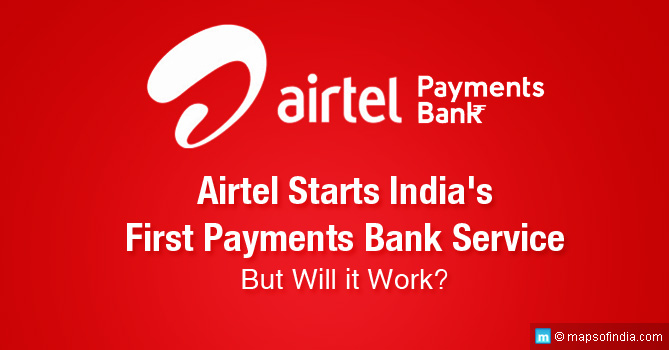The concept of payment bank is a relatively new one. The banking service has also received a fair bit of coverage in the media – both online and offline – and as a result a lot of people are talking about it. Now, one needs to ask what are payment banks and why they are in the news all of a sudden. First of all, this term is an Indian innovation. It was in September 2013 that Nachiket Mor, an Indian banker, led a committee on Comprehensive Financial Services for Small Businesses and Low Income Households, formed by the Reserve Bank of India (RBI). It was this committee that recommended the creation of payment banks.
Background of Payment Banks
This committee submitted its final report in January 2014 and it had recommended the creation of payment banks, constituting a new kind of bank. On July 10, 2014, when the 2014-15 union budget was presented, it was announced that payment banks would be created as part of a structure that would help meet the remittance and credit requirements of the following classes of consumers:
- Small businesses
- Farmers
- Unorganized sector
- Migrant workers
- Low-income households
It was in July 2014 itself that RBI came out with the draft guidelines that designated these banks as restricted or differentiated banks.
How May Companies Look to Use the Structure?
How a company is able to use the concept will depend to a significant extent on its basic business structure. It is expected that multinational organisations would be maximising their existing agent networks and client bases. This way they would look to reduce churn and also make money on transaction data and savings balances. They would also use the transaction information to help their clients take informed decisions. The same thing can be done by India Post as well with the addition of payment collection and physical distribution to the present model.
Airtel – India’s First Payment Bank
On November 23, 2016, Bharti Airtel became the first organization to launch a payment bank in India with Airtel Payments Bank Ltd. It will be owned by Airtel subsidiary Airtel M Commerce Ltd. At present, its services will only be available in Rajasthan on a limited scale. As per a company statement, as of now it represents a testing phase before the services are launched full-scale across the country. Customers using these banks will be given an interest rate of 7.25% for depositing money in the savings accounts. This is much higher than the 4-6% offered on savings accounts in commercial banks.
The pilot project will be operated across 10,000 retail outlets of Airtel and basic banking services will be provided as well. The organisation will look to take this number up to 100,000 in Rajasthan itself by the end of 2016. One can complete the e-KYC (electronic-Know Your Customer) process with their Aadhaar Cards for this purpose. The mobile number of the concerned subscriber would function as the bank account number in this case. One can also transfer money from one Airtel account to another free of cost. However, there are no debit card facilities as of now.
Some Negative Developments
In what can be regarded as a negative development for payment banks in India, three provisional licensees – Cholamandalam Distribution Services, Tech Mahindra and Dilip Shanghvi – have opted against seeking full licenses to operate as payment banks. This has contributed to much debate as well. There are several reasons for their withdrawal and not all are related to the challenges of the new business model. There has been plenty of discussion in the media regarding how they can achieve profits in spite of the limits that the RBI has placed on them.
Initial Problems For These Banks
The situation at present is such that even after a year of having received regulatory clearance from the RBI, only four companies have a proper business model to run a payment bank. Apart from Airtel, which has already launched its first payments bank, the others in this list are FINO PayTech Ltd., Department of Posts and Paytm Payments Bank, owned by Vijay Shekhar Sharma.
How Many More Such Banks Will Come Up?
As per the regulations of RBI, these banks will have to sustain a capital adequacy ratio (CAR) of 15%. There will be an equal split between Tier I capital – reserves and equity – and Tier II – long-term debt and others – capital. The normal banks have much less CAR requirement and they are also able to take part in several banking activities that will not be allowed in the case of payment banks. CAR can be defined as a test of a bank’s financial might and is expressed in the form of a ratio of risk-weighted assets and capital.
Will They Work?
There is no reason why these banks cannot work. While it is true that they will not be able to do all the things that a normal bank is able to do, it will also reduce their risk exposure. By operating in a limited frame they will not incur the risk of bad debt that so many banks in India are facing now. Since they are smaller entities in comparison they can be easily spread around the country and help India achieve its aim of complete financial inclusion, which incidentally is one of the main goals behind their creation.
Related Links…..
Paytm, Mobikwik, Freecharge: eWallet Reviews and Comparison
Payment Banks: An Evolution in the Banking Sector
Bandhan Bank: A New Entrant in the Banking Sector





